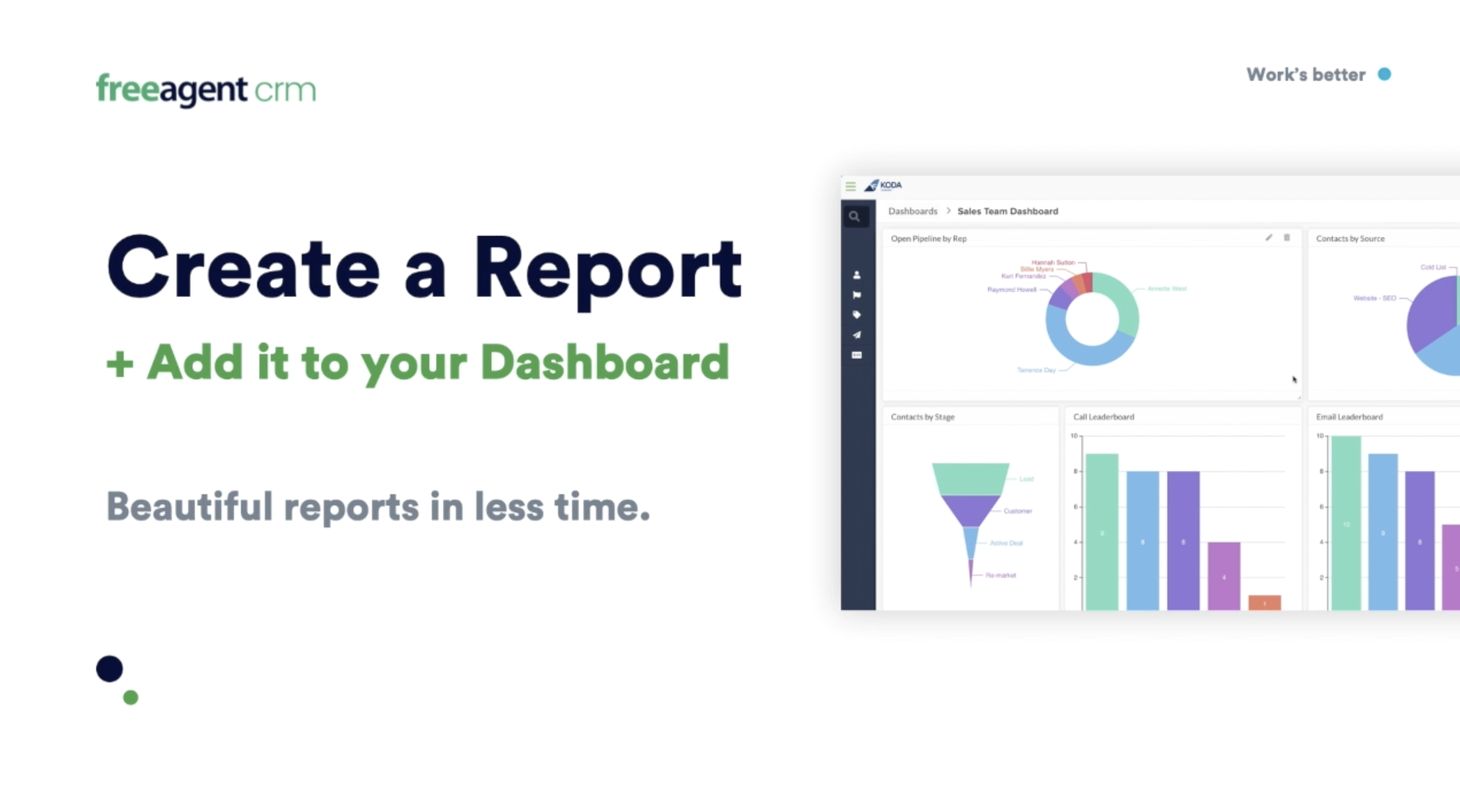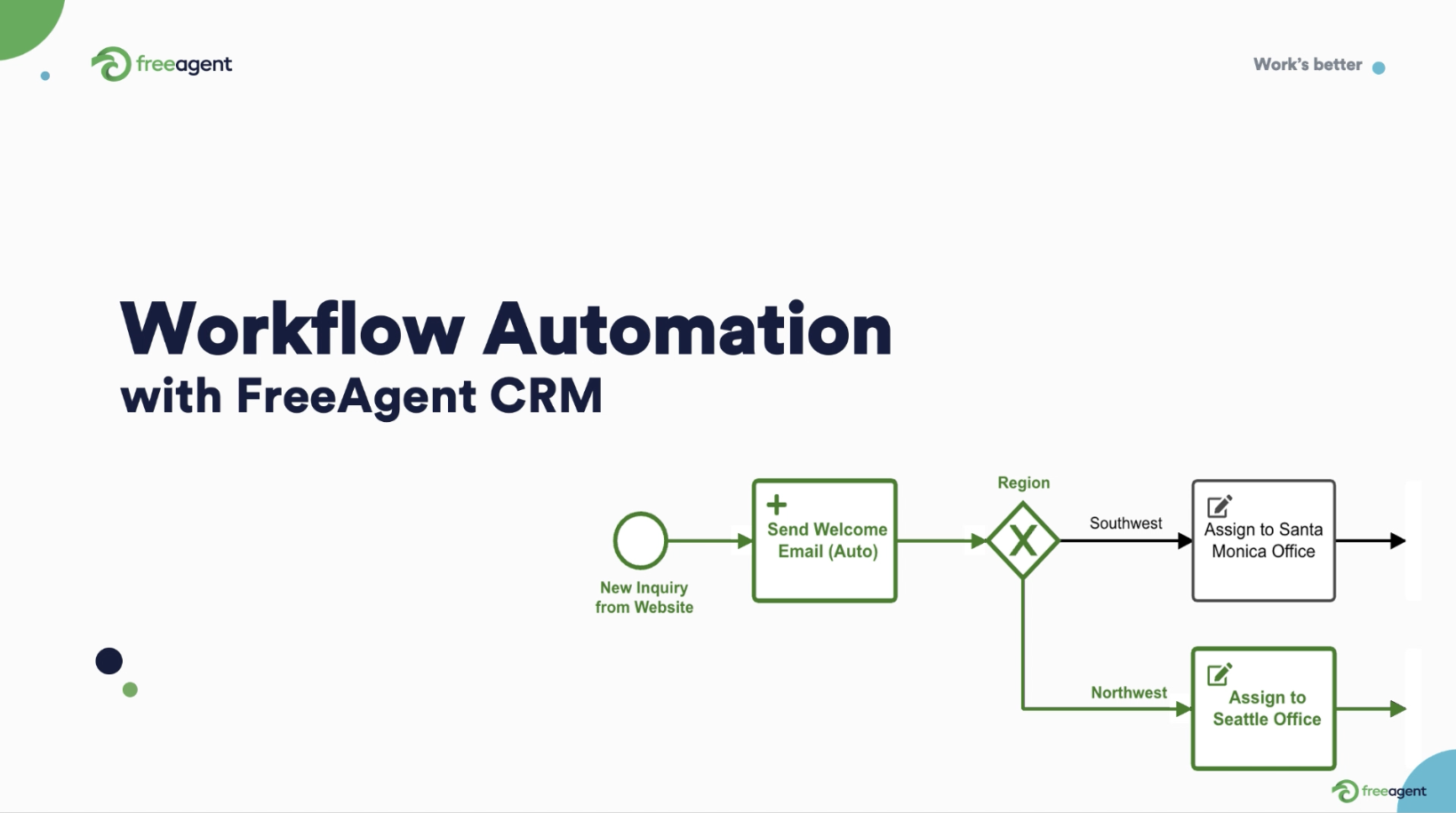Marketing leaders have always relied on data-driven insights to inform marketing strategies and improve marketing performance. The challenge has been finding reliable and accurate marketing information.
Modern business software has significantly improved this, and today, marketing tools such as marketing analytics platforms and marketing automation systems make marketing data easier to access than ever.
In recent years, another software toolset has emerged as a key piece of the marketing tech stack — CRM (customer relationship management).
With CRM, marketing leaders can track every activity performed by their marketing team and create reports and dashboards that translate those activities into quantifiable KPIs (key performance indicator) that measure marketing success.
In this article, we will identify the top 10 CRM KPIs that marketing leaders should be using to track marketing performance in 2024.
What is CRM?
A CRM system (customer relationship management) is a software toolset that assists businesses with the day-to-day management of their people (customers and employees), work processes, products, and projects.
Once thought of primarily as a tool for the sales team, CRM systems have evolved to address the needs of many different business aspects, including marketing, customer service, and HR.
Through the use of advanced automations tools and data centralization, CRM software can help businesses improve communication (both internal and external), work more efficiently, and track performance.
1. Cost per lead
Cost per lead (CPL) is the measure of what it costs the marketing team to generate a single lead.
CPL is calculated by taking the amount of money spent on marketing activities during a given period of time and dividing that by the number of leads generated during that time.
Marketing leaders can use CPL to evaluate the efficiency of a marketing campaign or channel, though it is important to note that CPL is only part of the story.
For example, a marketing channel with a low CPL may look good on paper, but if the lead conversion rate of the leads acquired through that channel is also low, the overall efficiency of that marketing channel may be poor.
2. Lead conversion rate
Lead conversion rate is the measure of how many leads generated convert to sales opportunities.
Marketing leaders can use lead conversion rates to assess the quality of their lead generation channels.
By analyzing lead conversion rates across different marketing channels, marketing leaders can identify which channels are most effective at generating high-quality leads.
When combined with other marketing metrics such as cost per lead, marketing leaders can get a comprehensive view of their lead generation efficiency and marketing strategy effectiveness.
3. Customer acquisition cost
Your customer acquisition cost is a measure of the average cost you incur to acquire a new customer.
This includes the total costs of all the marketing, advertising, and sales efforts used to attract and convert leads into new customers.
Your customer acquisition cost can help you identify your most effective lead-generation channels and marketing strategies so you can allocate resources more efficiently.


4. Click-through rate
Click-through rate is an email marketing KPI that measures the percentage of people who click on a link out of the total number of people who view the content containing the link.
Click-through rate is used by marketing leaders to evaluate how effective their email marketing content is in capturing their audience’s attention.
Marketing teams can use A/B testing to experiment with different email marketing campaign messaging, design styles, and customer segments to determine what resonates best with specific audiences based on their click-through rates.
5. Website traffic by source
Website traffic by source is a KPI that details what channels visitors to your website use to find you. Common sources include:
- Paid ads
- Social media
- Direct traffic
- Referral traffic
- Organic search
- Email campaigns
Marketing leaders can use website traffic by source to evaluate the performance of their various marketing strategies and channels.
It can also be used to evaluate the awareness of your brand, determine the ROI (return on investment) of your advertising campaigns, and measure the impact of your social media efforts.
6. Customer lifetime value
Customer lifetime value (CLV) is an estimation of the total revenue you can expect from a customer throughout the entirety of their relationship with your business.
Understanding the lifetime value of your customers can help inform your marketing strategies.
For example, marketing teams can create targeted ads aimed at high-value customer segments that promote the types of products or services that resonate most with those customers.
7. Customer retention rate/Repeat purchase rate
Your customer retention rate/repeat purchase rate is a measure of the percentage of customers who continue to buy your products or services after their initial purchase.
This KPI is a good indicator of your customer’s satisfaction with your product and services overall and can be used by marketing leaders to identify products and services that provide the best upsell and service expansion opportunities.
This metric is a big contributor to your customer lifetime value KPI and can be used in a similar fashion to inform marketing strategies.
For example, marketing leaders can use CLV to design loyalty programs and rewards structures that encourage continued usage or repeat purchases.


8. Return on advertising spend
Return on advertising spend (ROAS) measures the revenue generated from your advertising campaigns. It is a valuable KPI for evaluating the effectiveness of your marketing channels, advertising content, and customer segmentation.
When evaluated alongside your customer acquisition cost, ROAS can provide insights into the overall cost-effectiveness of the marketing strategies.
Additionally, variations in ROAS across different markets or audience segments can reveal valuable insights into consumer behavior and preferences, enabling more targeted and effective marketing campaigns and ads.
9. NPS/CSAT
Customer satisfaction can be difficult to measure so many businesses employ tools such as NPS (Net Promoter Score) or CSAT (Customer Satisfaction Score) surveys to gather customer feedback.
For marketing leaders, these surveys can be used to assess how well their marketing strategy is working. They are also great for assessing the performance of an individual marketing campaign or advertisement.
The following are questions that can be used to evaluate marketing performance.
- How did you hear about us?
- What channels do you prefer to use when discovering new products?
- On a scale from 1 to 10, how satisfied are you with our products/services?
10. CRM ROI
CRM is renowned for its high ROI (return on investment). According to Nucleus Research, every dollar spent on CRM translates to an $8.71 return.
While that is a fine benchmark, knowing how much your own CRM strategy is returning to your own pockets is the true measure of CRM success.
Getting an exact number down to the penny can be a challenge, but many of the KPIs on this list can speak to the benefits your CRM provides.
For example, if your lead conversion rate improves after your CRM implementation, you can be sure the CRM strategy is a significant contributor. The same can be said for decreasing your customer acquisition cost and increasing your repeat purchase rate.
CRM ROI is not a one-time calculation. You should regularly review and update your results to maintain an accurate measure of your CRM success.
FreeAgent CRM is the best CRM for tracking marketing success
FreeAgent CRM is a modern work management platform that provides top-of-field software tools for organizations of all sizes and technical proficiency.
FreeAgent is the best CRM for tracking marketing metrics and measuring marketing success because FreeAgent is:
- Easy to use- FreeAgent’s modern user interface is quick to learn and easy to use, encouraging teams to work within the platform and providing you with a comprehensive and accurate accounting of sales activities.
- User-configurable- With FreeAgent, the power is in your hands. You can customize and personalize FreeAgent to fit the specific needs of your business and teams without external support.
Plus, FreeAgent offers:
- Robust integration- FreeAgent’s flexible toolset and extensive integration library support teams and businesses of all types and structures.
- Generative AI- Uplift your work with Generative AI-powered features. With FreeAgent, you can access AI across any app, allowing you to get the information you need faster.
With FreeAgent, it’s really that simple.
To see FreeAgent in action, get a demo, and discover for yourself how we are leading the way to a better workday.






